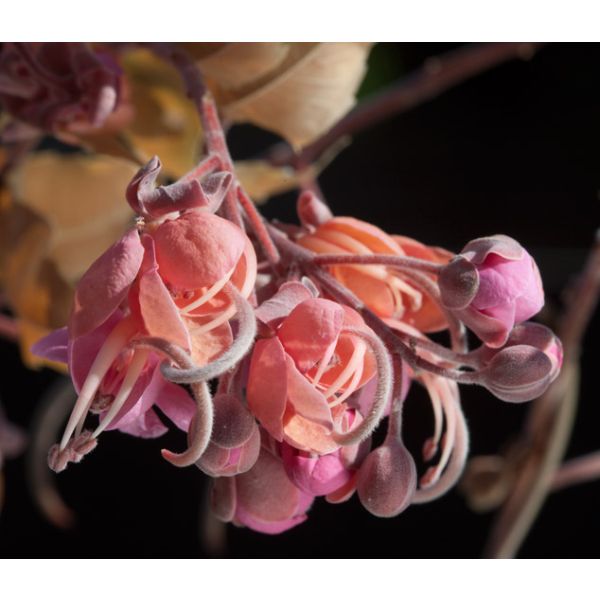Cassia Grandis Seeds (Coral Shower, Pink Shower Tree Seeds)
Cassia Grandis Seeds (Coral Shower, Pink Shower Tree Seeds)
Known for its spectacular pink flowers and grand presence. Perfect for tropical landscapes!

Delivery
All orders shipped with UPS Express.
Always free shipping for orders over US $250.
All orders are shipped with a UPS tracking number.
Returns
Items returned within 14 days of their original shipment date in same as new condition will be eligible for a full refund or store credit.
Refunds will be charged back to the original form of payment used for purchase.
Customer is responsible for shipping charges when making returns and shipping/handling fees of original purchase is non-refundable.
All sale items are final purchases.
Help
Give us a shout if you have any other questions and/or concerns.
Email: contact@domain.com
Phone: +1 (23) 456 789
Availability: In stock
SKU
Cassia Grandis
Cassia grandis, commonly known as coral shower tree, pink shower tree or Horse Cassia, is a medium-sized semi-deciduous canopy tree native to Central America. It is a fast growing tree that grows up to 20-30 m tall.
The tree bears a high spreading crown made from dangling branches.
Flowers form pink lateral raceme of 10-20 cm long. The petals are initially red, fade to pink and then to orange. When it flowers, Cassia Grandis is one of the most beautiful tree of Central America.
The fruit takes 10 - 12 months to mature from flowering. The fruit is 20-40 cm long, 3-5 cm in diameter. Fruits ripen in summer. There are 20-40 seeds per pod that are surrounded by a sweetish edible pulp with laxative properties. The elliptic seeds are enclosed in a light brown, smooth and opaque seed coat.
Cassis grandis is found in areas where the mean annual rainfall is in the range 1,000 - 2,800 mm, and the mean annual temperature is 21 - 26øC with a mean maximum of 24 - 30øC and a mean minimum of 17 - 25øC.
Cassia grandis tree is generally used for its ornamental value. Its wood is also used in construction.
| Common name | Coral Shower Tree, Pink shower tree |
|---|---|
| Family | Caesalpiniaceae |
| Genus | Cassia |
| Species | Cassia Grandis |
| Therapeutic uses | The bitter fruit pulp is used as a laxative and purgative and reported to be powerful. Drunk with milk, it is said to fight anaemia and add iron to the blood. The ripe pods and seeds are also used as a laxative. A decoction of the leaves is used as a laxative and in the treatment of lumbago. The fresh juice of the leaves is used externally in the treatment of ringworm. |
| Germination | Sow the seed in a partially shaded position in a nursery seedbed. A germination rate in excess of 60% can be expected, with the seed sprouting within 8 - 12 days. When the seedlings are 4 - 6cm tall, pot them up into individual containers and they should be ready to plant out 5 - 6 months later. Seed can be stored for prolonged periods without loss of viability. |
| Scarification / Stratification | The seed has a hard seed coat and may benefit from scarification before sowing to speed up germination. This can usually be done by pouring a small amount of nearly boiling water on the seeds (being careful not to cook them!) and then soaking them for 12 - 24 hours in warm water. By this time they should have imbibed moisture and swollen - if they have not, then carefully make a nick in the seed coat (being careful not to damage the embryo) and soak for a further 12 hours before sowing. |
| Price View | Price Range |

